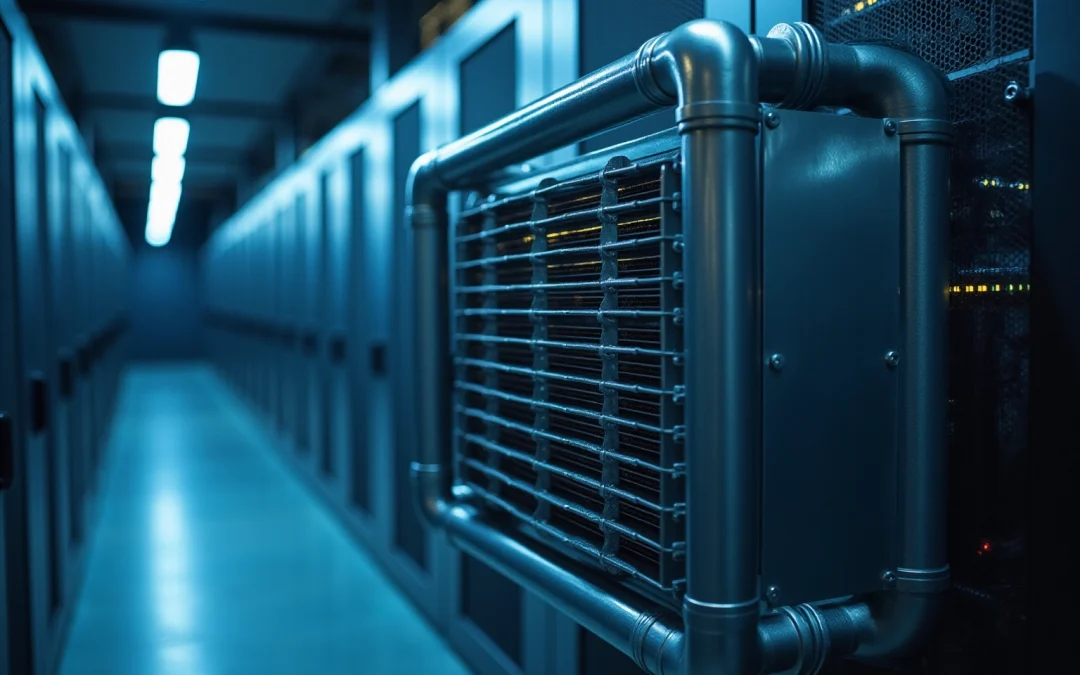Overview
The seven key benefits of air to air heat exchangers for electronics cooling encompass:
- Enhanced energy efficiency
- Improved thermal management
- Sustainability
- Versatility
- Reliability
- Ease of installation
These systems are crucial as they significantly reduce energy consumption and maintain optimal operating temperatures across various applications. Their adaptability makes them essential for achieving efficient and reliable cooling in electronic systems. By leveraging these advantages, organizations can ensure superior performance and longevity of their electronic equipment.
Introduction
The rapid advancement of technology has placed unprecedented demands on electronic systems, thereby making efficient cooling solutions more critical than ever. Among these solutions, air to air heat exchangers emerge as a transformative approach, providing not only enhanced thermal management but also significant energy savings and sustainability benefits.
However, how do these systems truly compare to traditional cooling methods? What unique advantages do they offer for engineers and businesses alike?
Delving into these questions reveals the potential of air to air heat exchangers to redefine cooling strategies in an increasingly demanding technological landscape.
Gagner-Toomey Associates: Innovative Cooling Solutions for Electronics
Gagner-Toomey Associates stands at the forefront of innovative temperature control solutions tailored for the electronics sector. As the world’s largest producer of both standard and custom air-movers—including a diverse range of DC input fans, centrifugal blowers, and customized thermal solutions—the company leverages advanced technologies, such as air to air heat exchangers, to fulfill the critical demand for efficient temperature control in electronic systems. These solutions not only enhance performance but also ensure the reliability and longevity of electronic components, positioning Gagner-Toomey as a trusted partner for engineers tackling complex thermal challenges.
Air to air thermal devices can reduce energy consumption by as much as 40%, fitting seamlessly into the broader context of refrigeration technologies, where liquid systems are recognized to consume 30 to 40 percent less energy compared to traditional air methods. This comparative analysis underscores the importance of selecting the right for achieving optimal efficiency.
Industry leaders underscore the critical role these technologies play in maintaining optimal operating temperatures, thus preventing overheating and potential system failures. Successful implementations of air to air heat exchangers in various electronics projects showcase their ability to address the growing demands for effective temperature regulation, especially as trends in cloud computing and AI increase the need for advanced thermal management solutions. As the demand for effective temperature regulation solutions continues to rise, Gagner-Toomey remains a reliable partner for engineers addressing intricate thermal challenges. For further information about our extensive range of products, please visit our website or contact us to explore how we can support your temperature control needs.
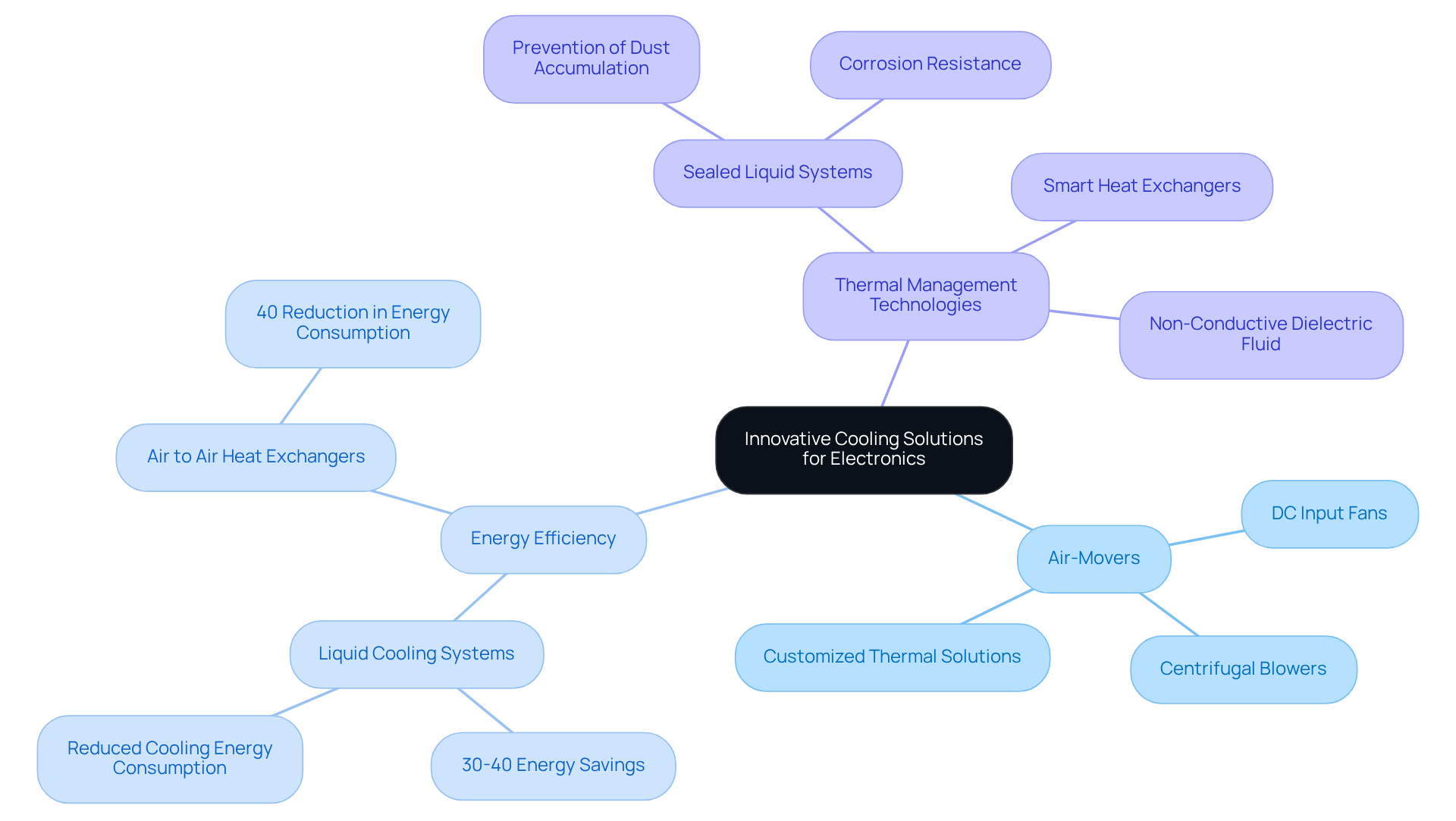
Energy Efficiency: Reducing Operational Costs with Air to Air Heat Exchangers
Engineered to optimize energy efficiency, air to air heat exchangers facilitate heat transfer between two air streams while preventing them from mixing. This innovative process substantially , leading to decreased operational expenses. By harnessing ambient air for cooling, air to air heat exchangers significantly reduce dependence on conventional cooling methods, which typically demand higher energy consumption. Consequently, organizations can realize considerable savings on energy costs while ensuring optimal operating conditions for their electronic equipment.
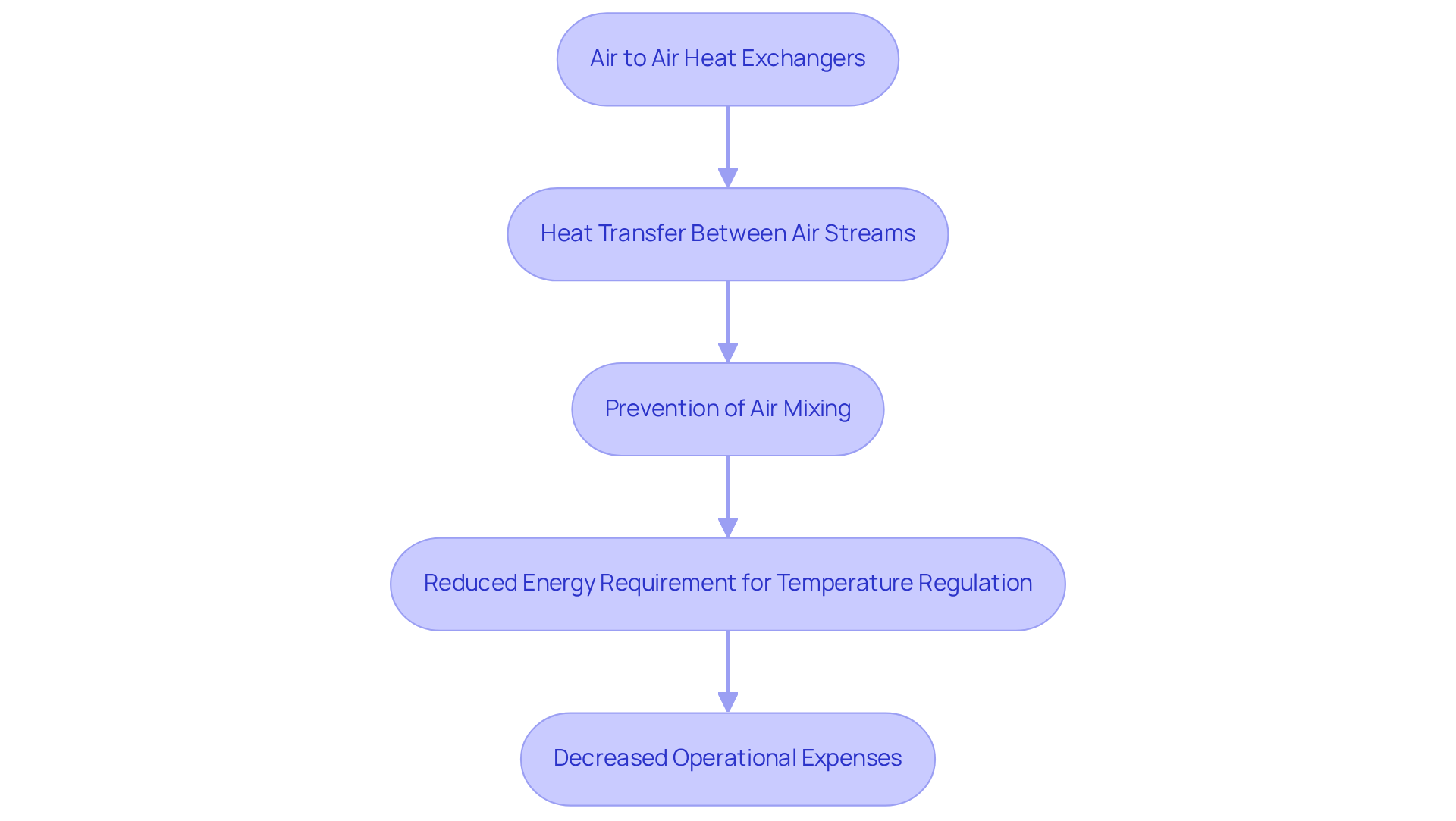
Enhanced Thermal Management: Optimizing Performance in Electronics
Air to air heat exchangers are essential for improving temperature regulation in electronic systems. These devices, known as air to air heat exchangers, effectively dissipate heat from critical components, ensuring optimal operating temperatures and preventing overheating. This function is particularly vital in high-performance applications, where excessive heat can lead to and potential failure. By maintaining effective temperature control, electronic devices can perform at their best, thereby extending their lifespan and reliability.
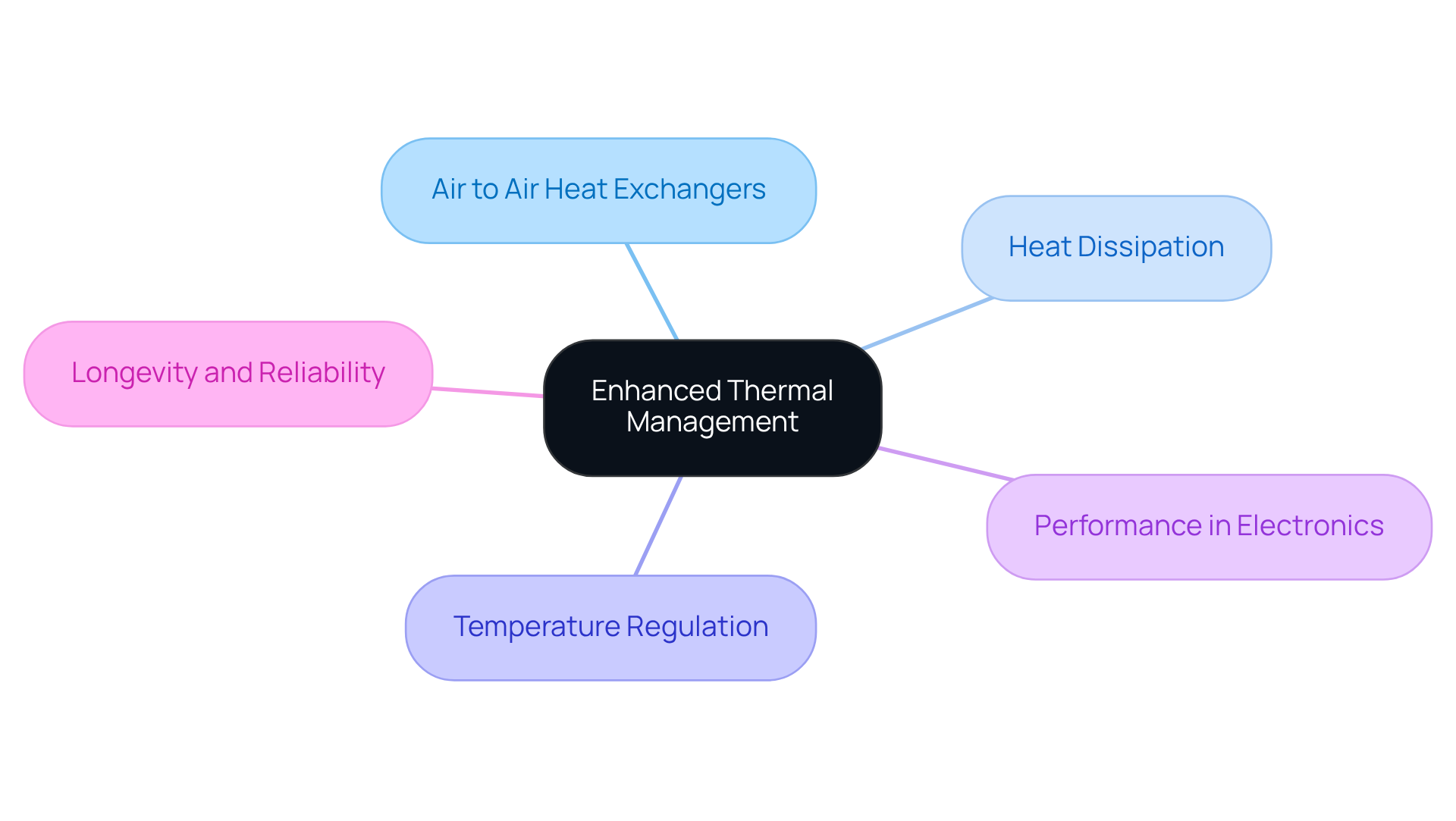
Sustainability: Lowering Environmental Impact with Air to Air Heat Exchangers
The implementation of air to air heat exchangers is crucial to within the electronics sector. By utilizing ambient air for temperature regulation, these systems significantly reduce the need for refrigerants and other environmentally harmful substances commonly employed in traditional temperature control methods. Furthermore, their energy-efficient operation contributes to a decrease in greenhouse gas emissions linked to electricity consumption. As companies strive to meet their sustainability objectives, incorporating air to air heat exchangers into their temperature regulation strategies represents a proactive approach to minimizing environmental impact.
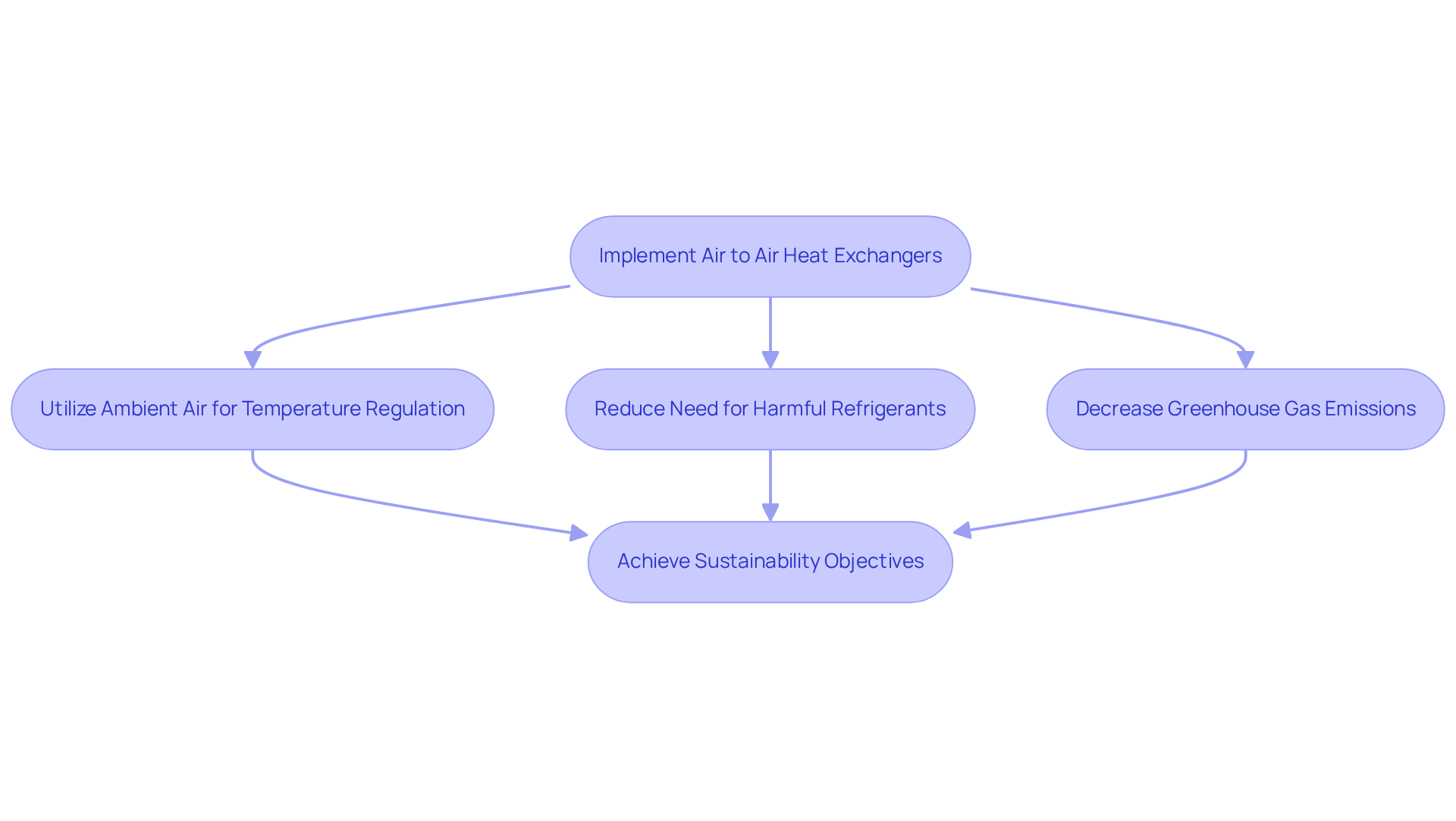
Versatility: Adapting Air to Air Heat Exchangers for Diverse Applications
The versatility of air to air heat exchangers makes them essential components across various applications within the electronics industry. Whether it is for in data centers or managing thermal loads in industrial machinery, air to air heat exchangers can be customized to meet specific operational requirements. Their capacity to function effectively in diverse environments, even under harsh conditions, significantly bolsters their appeal. This adaptability guarantees that businesses can implement efficient cooling solutions tailored to their unique operational needs, regardless of the application.
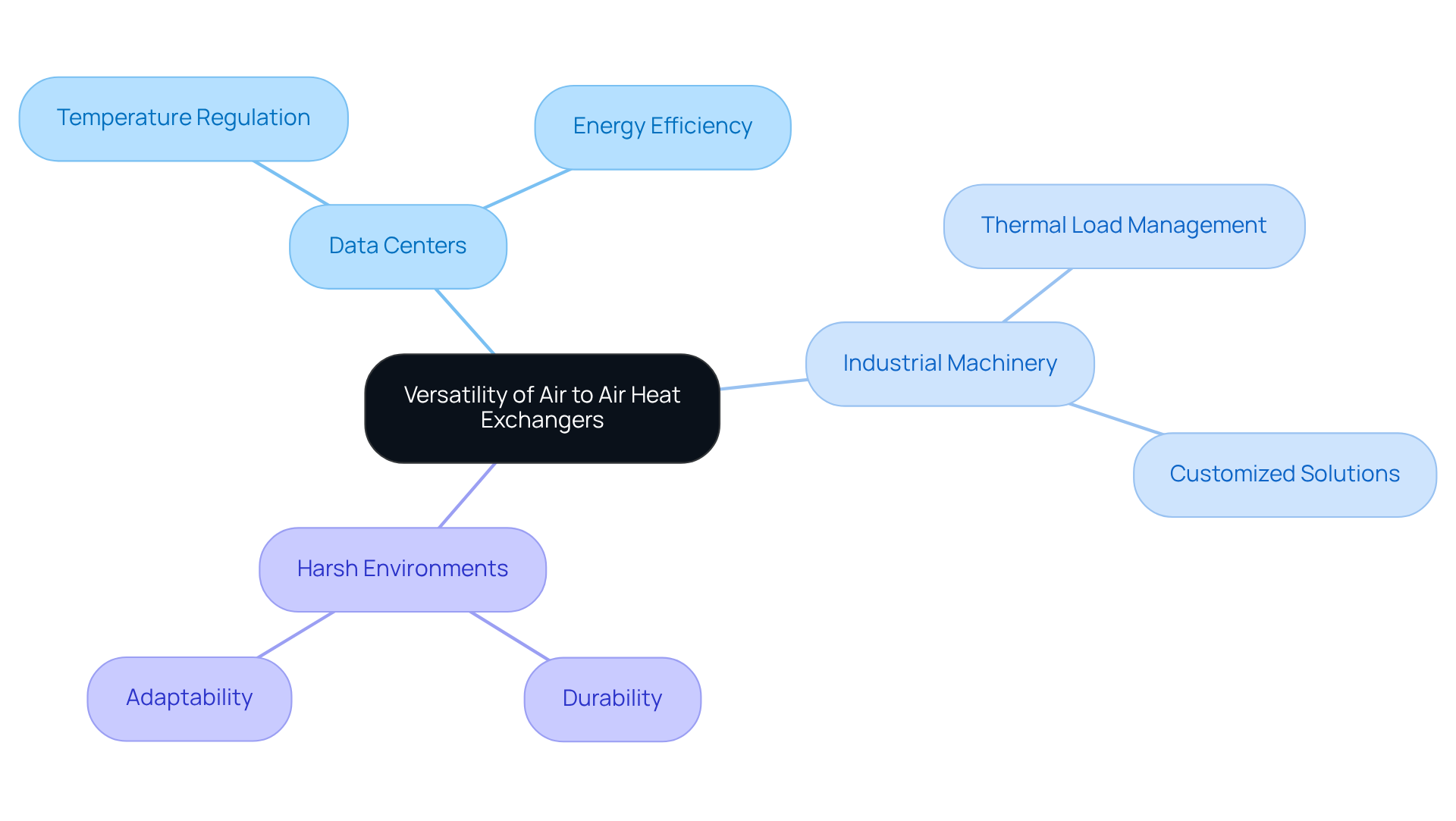
Reliability: Ensuring Consistent Performance with Air to Air Heat Exchangers
One of the most significant characteristics of air to air heat exchangers is their reliability in maintaining consistent performance. These systems are engineered to function continuously without substantial degradation over time, ensuring that electronic components operate within . Their robust structure and efficient thermal transfer capabilities of air to air heat exchangers enhance long-term reliability, making them an optimal choice for critical applications where performance is paramount. Businesses can depend on these temperature control solutions to function reliably, significantly minimizing the risk of downtime and costly repairs.
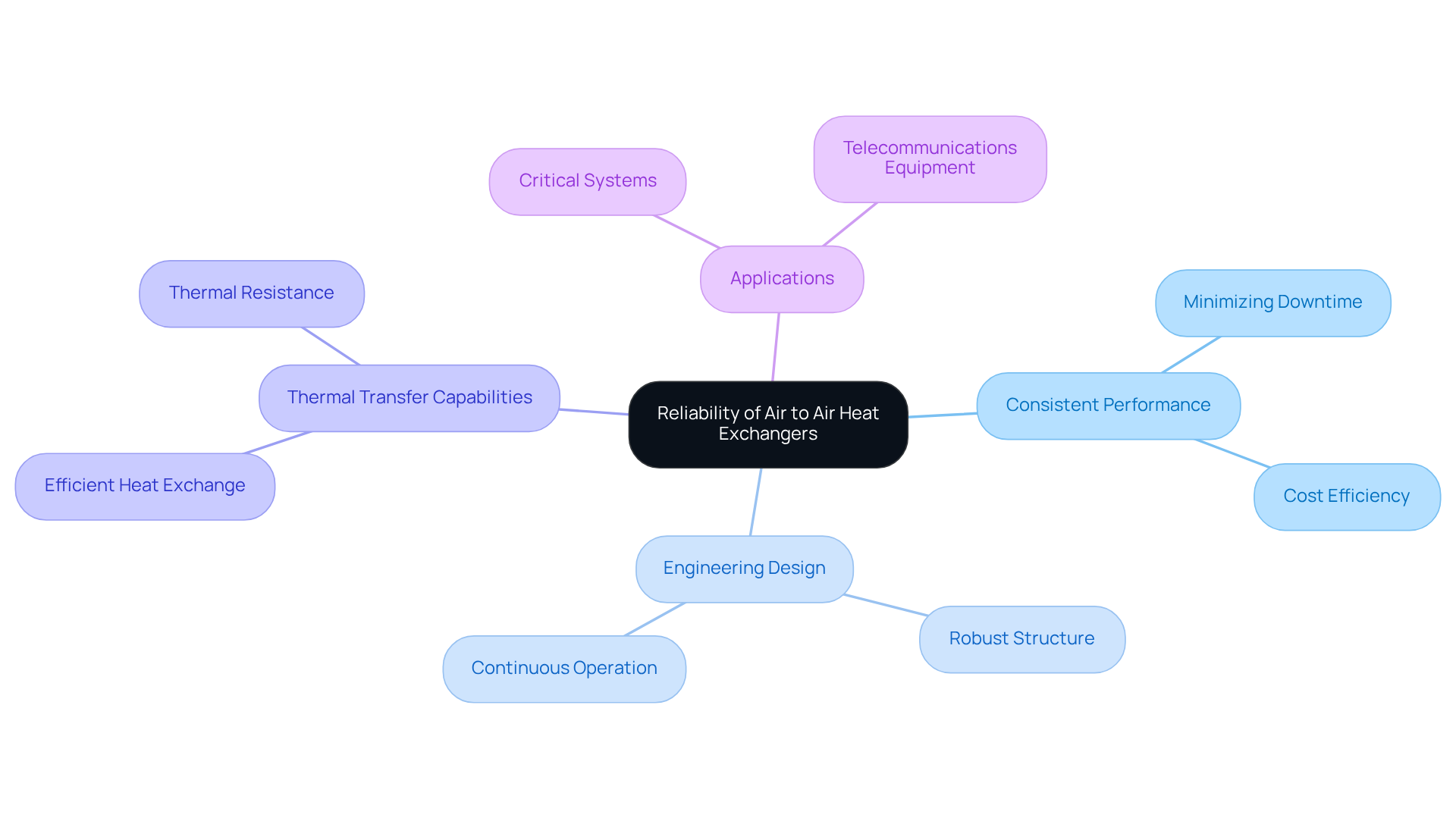
Ease of Installation: Simplifying Maintenance with Air to Air Heat Exchangers
Air-to-air thermal devices are engineered for seamless integration into existing systems, facilitating rapid installation that minimizes downtime. Their modular design not only streamlines setup but also significantly decreases the labor and time associated with the installation process.
Once operational, these systems are distinguished by their low maintenance needs, owing to their robust construction and efficient performance. This ease of upkeep translates into , enabling companies to concentrate on their core activities without the burden of managing complex temperature control systems.
Additionally, routine maintenance practices, such as filter replacements every 1-3 months, are straightforward, ensuring optimal performance and longevity. According to APM Steam, operators can achieve approximately a 3 percent reduction in energy consumption through effective scaling maintenance, underscoring the cost-effectiveness of these systems.
Ricardo Aguirre asserts that “regular testing and maintenance is crucial for efficient and trouble-free operations,” further emphasizing the significance of these practices. The intuitive design of air to air heat exchangers positions them as a compelling choice for businesses looking to enhance their refrigeration methods while ensuring operational efficiency.
Moreover, when contrasted with traditional systems, air to air heat exchangers typically incur lower maintenance costs, making them an appealing solution for businesses seeking to optimize their cooling strategies.
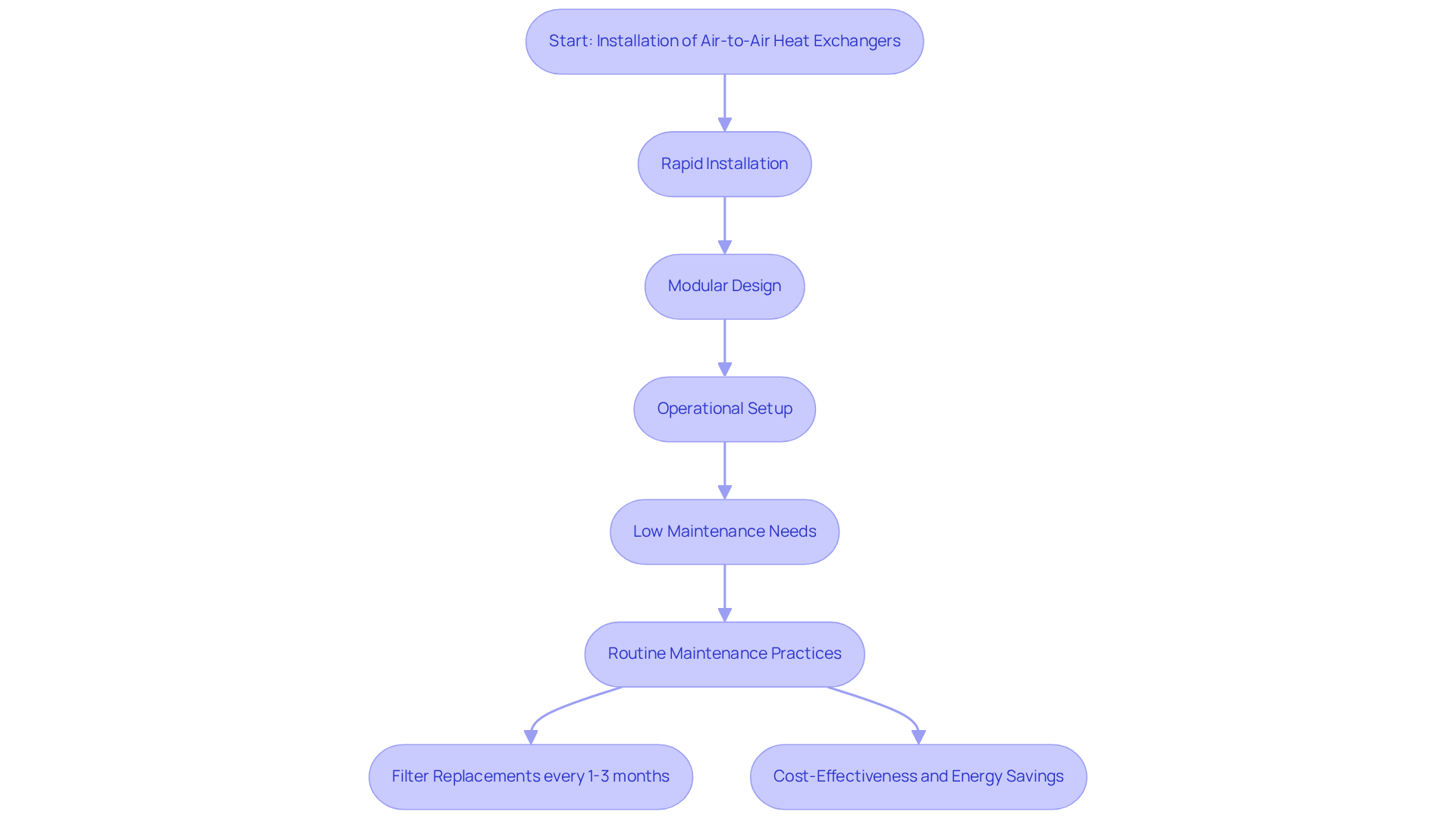
Conclusion
Air to air heat exchangers are pivotal in revolutionizing cooling solutions for electronic systems, offering a myriad of benefits that enhance efficiency, performance, and sustainability. By effectively managing temperature regulation, these innovative devices minimize energy consumption and extend the lifespan of electronic components, making them essential assets for industries striving for optimal operational conditions.
The advantages of air to air heat exchangers are significant:
- They provide substantial energy savings.
- They enhance thermal management capabilities.
- They demonstrate versatility across various applications, all while reliably maintaining consistent performance.
- Furthermore, their contribution to sustainability initiatives by reducing environmental impact solidifies their importance in modern electronics cooling strategies.
The adoption of air to air heat exchangers presents an opportunity for businesses to improve their cooling methodologies while achieving cost savings and environmental benefits. As the demand for effective thermal management solutions continues to grow, embracing these innovative technologies is not just a choice but a necessity for organizations aiming to thrive in an increasingly competitive landscape. Investing in air to air heat exchangers is a step towards a more efficient and sustainable future in electronics cooling.
Frequently Asked Questions
What is Gagner-Toomey Associates known for?
Gagner-Toomey Associates is known for being the world’s largest producer of standard and custom air-movers, including a wide range of DC input fans, centrifugal blowers, and customized thermal solutions tailored for the electronics sector.
How do Gagner-Toomey’s solutions benefit electronic systems?
Gagner-Toomey’s innovative cooling solutions enhance performance, ensure the reliability and longevity of electronic components, and help engineers tackle complex thermal challenges.
What are air to air heat exchangers, and how do they function?
Air to air heat exchangers facilitate heat transfer between two air streams without mixing them, significantly reducing the energy required for temperature regulation.
What are the energy savings associated with air to air heat exchangers?
Air to air heat exchangers can reduce energy consumption by as much as 40%, and they are part of a broader context where liquid systems consume 30 to 40 percent less energy compared to traditional air cooling methods.
Why are air to air heat exchangers important in the electronics industry?
They play a critical role in maintaining optimal operating temperatures, preventing overheating, and potential system failures, especially as demand for advanced thermal management solutions grows with trends in cloud computing and AI.
How do air to air heat exchangers contribute to reducing operational costs?
By optimizing energy efficiency and harnessing ambient air for cooling, air to air heat exchangers reduce dependence on conventional cooling methods, leading to significant savings on energy costs.
Where can I find more information about Gagner-Toomey’s products?
More information about Gagner-Toomey’s extensive range of products can be found on their website, or you can contact them directly to explore temperature control solutions.

